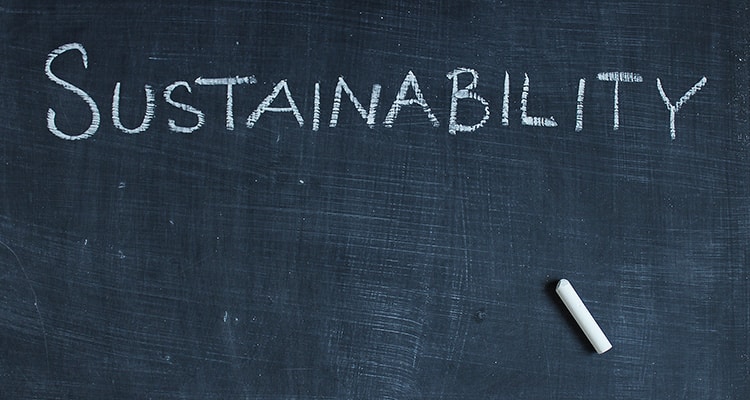Now is the time to begin preparing your organization’s SARA Tier II hazardous chemical inventory report, due March 1, 2024.
SARA, or the Superfund Amendments and Reauthorization Act, was approved by the Emergency Planning and Community Right-to-Know-Act (EPCRA) to increase public knowledge and promote chemical safety. SARA Tier II, specifically, requires a report of the hazardous and toxic substances that are kept at an organization’s facilities.
Data that must be reported includes basic information on the chemicals at the facility and their quantities, location, and manner of storage. The U.S. Environmental Protection Agency (EPA) then uses this information to provide state and local officials with data on potential risks and hazards in their communities. Tier II reporting is essential because storing hazardous chemicals at a company facility comes with risks to potential emergency responders.
Hazardous chemicals are substances that are not only dangerous for workers but also for surrounding communities. They can be considered health hazards if exposure could cause adverse health effects, or they can pose physical risks (such as explosibility and flammability).
Not all hazardous chemicals have the same rules for reporting, though. Tier II reports distinguish between hazardous chemicals and extremely hazardous substances (or EHS), which present a greater risk. Hazardous chemicals must be reported if their total quantity across the facility exceeds 10,000 pounds. For EHS, reporting is required if there are more than 500 pounds of the substance or if the Threshold Planning Quantity (TPQ) is reached, whichever is lower.
Another tip for proper reporting is remembering to report batteries, like those in forklifts, generators, material handling equipment, pumps, and turbines, since these batteries include hazardous chemicals. Sulfuric acid is an EHS and thus subject to the 500 pound reporting threshold. Just a few pieces of equipment with larger lead-acid batteries could trigger reporting. Lead is a hazardous substance, too, but it’s reporting threshold is 10,000 pounds, so it may not be triggered even though the sulfuric acid requires reporting.
Differences in hazardous chemicals and EHS are not the only things to watch out for. It is also important to pay attention to your specific state’s requirements. All states require Tier II reports, but each one may have different specifications and use different online applications. The EPA website provides a list of each state’s Tier II reporting requirements, a summary of the states’ special instructions for the reports, and information on where to find the application.
Once you determine your state’s requirements and submit your organization’s report, is that all that needs to be done? Not quite. You may need to contact your local fire department separately, so they are aware of potential risks at your facility.
This might sound like a lot to keep in mind, but Chemical Safety Software can help take the stress out of the process. Chemical Safety Software offers a management program to search for hazardous chemicals and return a manufacturer-specific preview of the Safety Data Sheet (SDS) about that chemical. The program can then store a library of SDSs using cloud-based management software. This program can help organizations identify the risks associated with chemicals they are storing, organize relevant SDSs, print custom Globally Harmonized System (GHS) labels, and prepare to complete a SARA report.
By starting your Tier II report now and utilizing Chemical Safety Software’s tools for tracking hazardous chemicals, you can ensure that your facility meets SARA reporting requirements and help keep your company’s employees and surrounding community safe.



